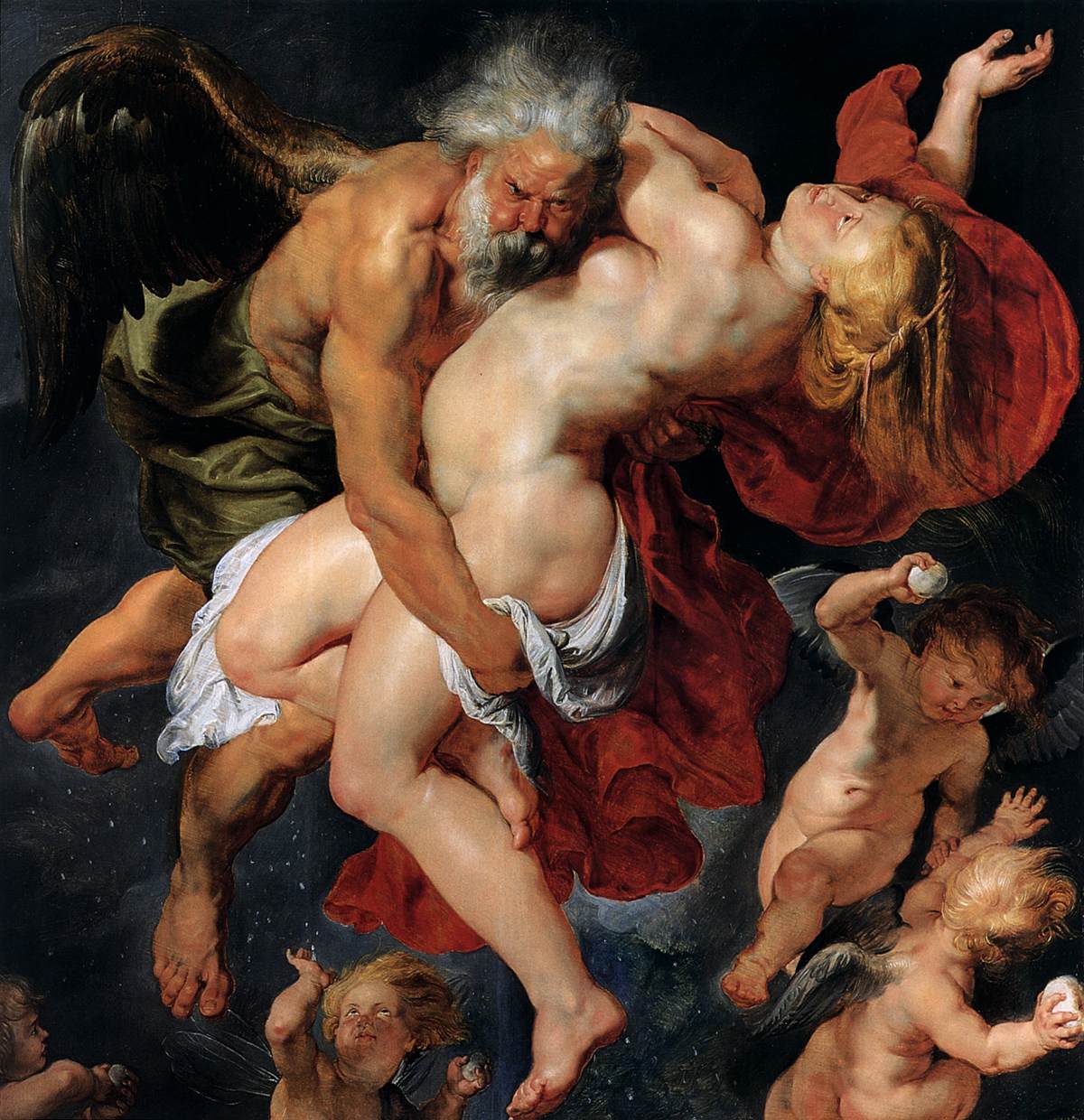Description
The painting "Boreas Abducting Oreithyia" by the Flemish artist Peter Paul Rubens is a masterpiece of European Baroque that is currently in the Museo del Prado in Madrid. This impressive work of art depicts the mythical story of Boreas, the god of the north wind, who kidnaps Oreithyia, the daughter of the king of Athens.
Rubens' artistic style is characterized by his technique of loose, flowing brushwork, which creates a sense of movement in the painting. This technique can be clearly seen in "Boreas Abducting Oreithyia", where the folds of the characters' clothing and hair appear to be in constant motion.
The composition of the painting is also impressive, with the main characters placed in the center of the work, surrounded by a dramatic landscape of clouds and rocks. The figure of Boreas, with his wings and messy hair, seems to be at the center of the action, while Oreithyia struggles to break free from his grasp.
Color is another interesting aspect of this artwork. Rubens uses a rich and vibrant color palette, with shades of blue, green and red creating a dramatic and emotional effect in the painting.
The story behind the painting is also fascinating. The legend of Boreas and Oreithyia is a story of love and kidnapping that has been depicted in literature and art for centuries. Rubens perfectly captures the tension and drama of this story in his painting.
Lesser-known aspects of the painting include the technique used to create the texture of the rocks and landscape, as well as the influence of classical mythology on Rubens' work. These details show the artist's skill and creativity in his interpretation of a classic theme.
In short, "Boreas Abducting Oreithyia" is an impressive work of art that combines technique, composition, and color to create a dramatic and emotional image. The story behind the painting and the lesser-known details of the work make it even more interesting and worthy of admiration.

